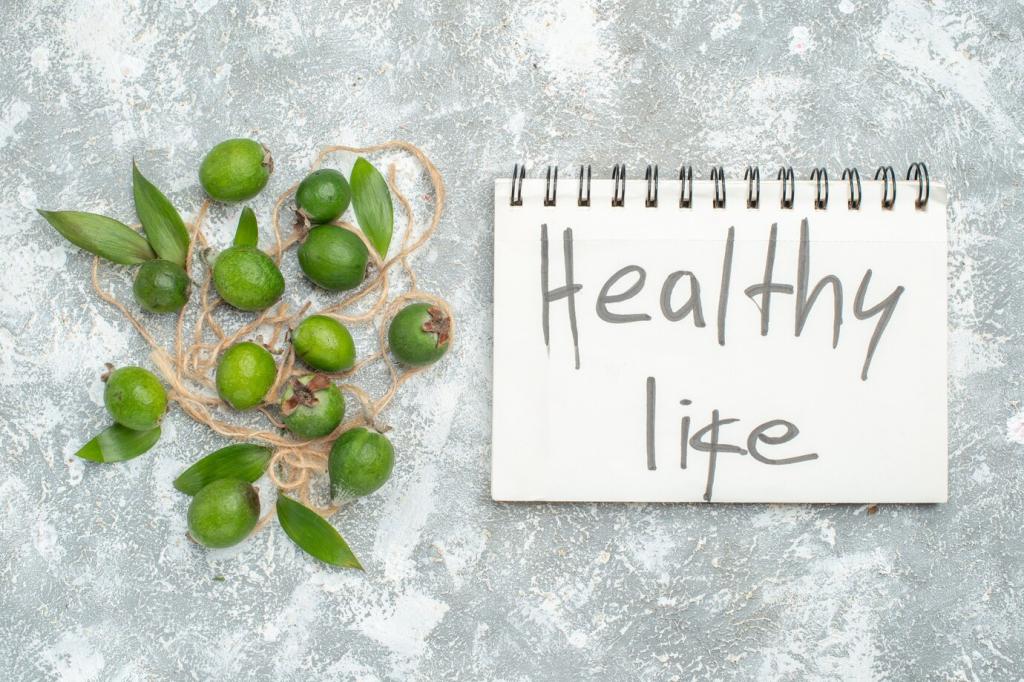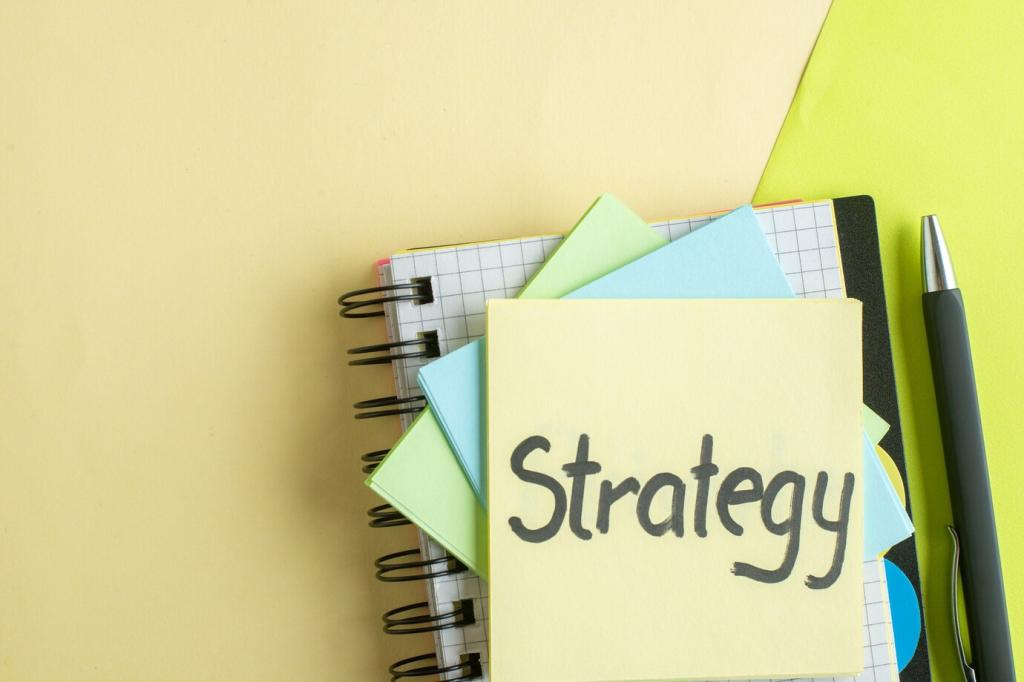Hydration Tips for Exercisers: Fueling Your Workouts
Our chosen theme is Hydration Tips for Exercisers: Fueling Your Workouts. Dive into practical science, relatable stories, and smart routines that keep every session energized. Share your questions in the comments and subscribe for weekly, athlete-tested hydration insights.

The Science Behind Sweat and Fluid Balance

Why a 2% Loss Matters
Even a two percent body-weight fluid loss can elevate heart rate, slow your pace, and make efforts feel harder. In one summer 10K, a runner felt fine at mile three, then suddenly faded; weighing afterward showed exactly two percent dehydration.

Electrolytes: Tiny Ions, Big Impact
Sodium helps you retain fluid and maintain nerve firing; potassium supports muscle contractions; chloride balances fluids. Without them, cramps creep in and focus drifts. Comment with your go-to electrolyte mix, and tell us how it changes your late-workout energy.

Find Your Sweat Rate
Weigh yourself before and after a typical workout, tracking fluids consumed. Each kilogram lost equals roughly one liter of sweat. Repeat across temperatures to map patterns, then subscribe for our printable sweat-rate tracker to personalize your hydration targets.
Pre-Workout Hydration That Sets You Up to Win
Two Hours Out: Prime the Engine
Aim for about 5–7 ml of fluid per kilogram of body weight two to three hours before you start. Add a pinch of sodium if you are a heavy sweater. Share your routine, and we’ll feature creative pre-workout rituals next week.

Hydrating During Your Workout: Tailored by Training Type
01
Endurance and Long Runs/Rides
Target roughly 0.4–0.8 liters per hour, adjusted by sweat rate and heat. For sessions over sixty to ninety minutes, include electrolytes and a 6–8% carbohydrate solution. Tell us your favorite bottle setup for long efforts and why it works.
02
HIIT and Indoor Sessions
Short, intense bursts spike sweat quickly—especially indoors without airflow. Keep a towel and easy-access bottle, taking measured sips between intervals. One rider reported fewer mid-set drop-offs after adding two saltier swigs during recovery windows.
03
Strength and Power Days
You will not lose as much fluid as on long runs, but even mild dehydration can reduce grip strength and power output. Sip periodically, focus on technique, and consider electrolytes if your gym runs hot. Share your best rack-side hydration habit.
Recover Right: Post-Workout Rehydration
If you lost one kilogram, aim for about 1.5 liters over the next two to four hours. Spreading fluid gradually helps retention. Drop your post-workout numbers in the comments, and we will help calculate a personalized plan.
Recover Right: Post-Workout Rehydration
Fluids leave fast without sodium. Add a salty snack or electrolyte tablet during the recovery window. One marathoner swapped plain water for a sodium-rich drink and stopped the frustrating cycle of chugging, peeing, and still feeling thirsty.


Electrolytes, Carbs, and DIY Drinks
Under sixty minutes in cool conditions, water usually works. Over sixty to ninety minutes, especially in heat, carbohydrates and sodium support performance and retention. Comment with your typical session length, and we will suggest a matching strategy.


Electrolytes, Carbs, and DIY Drinks
Try 500 ml water, one tablespoon sugar or honey, a good pinch of salt, and a squeeze of citrus. Adjust sweetness and salt to taste. Share your favorite tweaks, and subscribe for more budget-friendly, science-based recipes.
Hot and Humid: Beat the Heat
Use shade, light clothing, electrolytes, and pre-cooling strategies like ice slurries. One triathlete shaved minutes off transitions by adding a chilled bottle and cool towel. Comment with your heat hacks for a chance to be featured.
Cold Weather and Altitude: Hidden Dehydrators
Cold air dulls thirst; altitude speeds breathing and fluid loss. Schedule sips even if you are not thirsty, and include sodium. Subscribe for our altitude acclimation mini-series, including a simple hydration ladder to ease adaptation.
Travel Days and Races Abroad
Air travel dehydrates. Pack a collapsible bottle, sip regularly, and avoid overdoing caffeine. Recreate your usual electrolyte routine on arrival. Share your race-week travel tips, and we will compile a community-approved checklist for subscribers.
